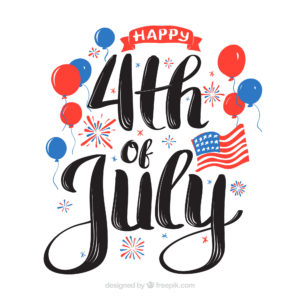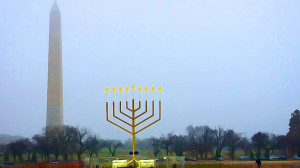
You can visit the world’s largest menorah on the Ellipse in Washington, DC. Photo: Ted Eytan (Flickr)
We have host families from a wide variety of backgrounds and faiths; some host families celebrate Hanukkah, some celebrate Christmas, some celebrate Kwanzaa, and some celebrate more than one holiday or none at all. If you’re an au pair living with a host family who celebrates Hanukkah and you do not, I encourage you to take part and experience it with them. This can be a great opportunity for learning and culture sharing. I also encourage host families to ask their au pairs to share their holiday traditions and customs.
Hanukkah is the Jewish Feast of Lights or Feast of Dedication. The Hebrew word Hanukkah means dedication. The holiday begins on the eve of the 25th day of the Hebrew Month of Kislev and lasts eight days. Hanukkah usually falls in the month of December, but occasionally can start in November. This year Hanukkah begins at sundown on Sunday, December 2, 2018, and ends the evening of Monday, December 10, 2018
How Do You Spell Hanukkah?
According to Judaism 101, the process of writing Hebrew words in the Roman (English) alphabet is known as transliteration. Transliteration is more an art than a science, and opinions on the correct way to transliterate words vary widely. This is why the Jewish festival of lights (in Hebrew, Cheit-Nun-Kaf-Hei) is spelled Chanukah, Chanukkah, Hanuka, and many other interesting ways. Each spelling has a legitimate phonetic and orthographic basis; none is right or wrong.
History
The books of the Maccabees tell the story of Hanukkah which occurred in 165 B.C. After three years of struggle, the Jews in Judea defeated the Syrian tyrant Antiochus. The Jewish people held festivities in the Temple of Jerusalem and rededicated it to God. After removing all Syrian idols from the Temple, the Jews found only one small pot of oil to light their holy lamps. Miraculously, the small pot provided oil for eight days. Judas Maccabaeus, the Jewish leader, then proclaimed a festival to be observed by Jewish people. (Source: www.apples4theteacher.com)
Hanukkah Traditions (Source: www.bhg.com)
The centerpiece of the Hanukkah celebration is the Hanukkah or menorah, a candelabra that holds nine candles. Eight candles symbolize the number of days that the Temple lantern blazed; the ninth, the shamash, is a helper candle used to light the others. Families light one candle on the first day, two on the second (and so on) after sundown during the eight days of Hanukkah while reciting prayers and singing songs. The menorah — either store-bought or homemade and crafted of metal, wood, papier-mache, or clay — is filled from right to left, but lit left to right so each new candle is lit first. (Source: www.bhg.com)
Hanukkah — one of the most family-oriented of Jewish holidays — comes with its own set of carols sung around the glowing menorah. These celebrate everything from the glory of God and the ancient Temple of the Jews (“Maoz Tzur”) to the simplicity of a dreidel (see below), as in “Dreidel, dreidel, dreidel/I made it out of clay/And when it’s dry and ready/Dreidel I shall play.”
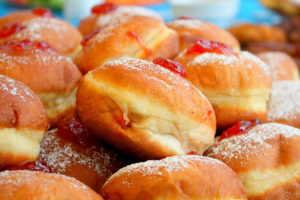
Photo of Sufganiyot (Donuts): Avital Pinnick (Flickr)
There’s nothing low-fat about Hanukkah – many of the traditional foods of the holiday are deep-fried. In honor of the oil-y miracle people celebrating Hannukah like to eat foods that are fried in oil like latkes (potato pancakes) and sufganiyot (jelly-filled doughnuts) and different fried breads. Want to have a go at making something? There are lots of recipes for yummy treats here.
- Spinning Tops
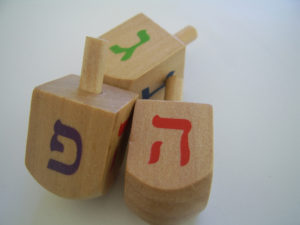
Photo: Marina Shemesh (Flickr)
It’s customary to play with dreidels (spinning tops) during the holiday, even wage gambling games in which players guess which side of the top will fall face up. Legend has it that during the Greek-Syrian dictatorship in Israel of yore, Jews got around the ban on reading the Torah by bringing spinning tops to study sessions so their oppressors would think they were just playing around. The Hebrew characters carved into the four sides of today’s dreidels are the first letters of “Ness Gadol Haya Po/Sham,” which roughly translates to “Great Miracle Happened Here/There” (depending on whether you’re in Israel or not).
Directions to play the Dreidel game
More fun and educational Hanukkah activities for children
Celebrating Hanukkah in Washington, DC
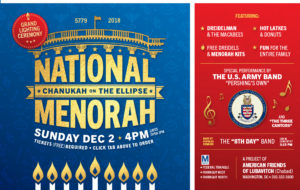
The lighting of this menorah – the world’s largest – is attended by thousands every year and seen via media by tens of millions across the nation and around the world. Along with the lighting, there will be live entertainment and menorah kits and dreidels to take home. Tickets are free but must be ordered in advance.
A very Happy Hanukkah to all!


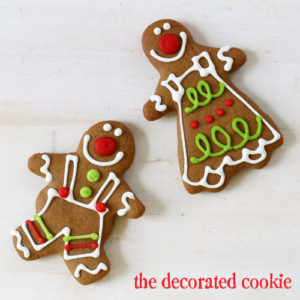
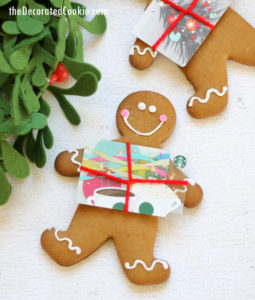
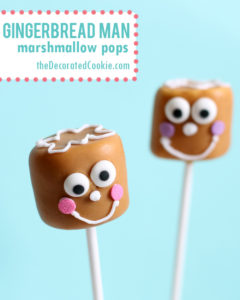

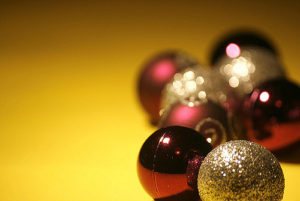
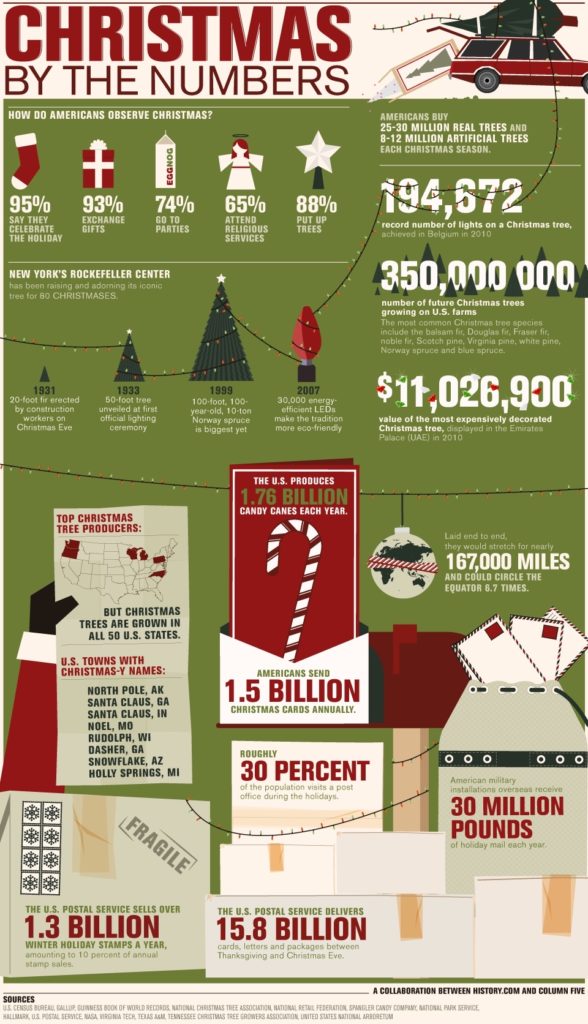

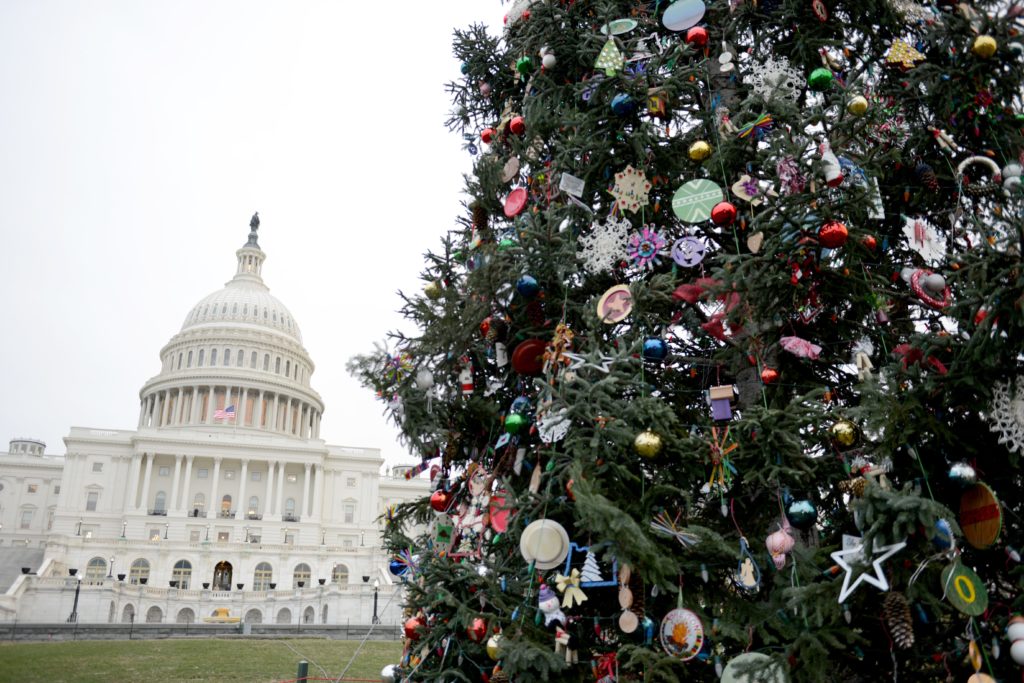






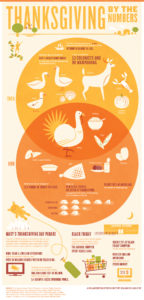
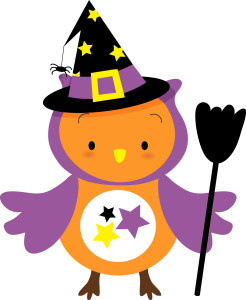 Halloween (or Hallow e’en) is a celebration
Halloween (or Hallow e’en) is a celebration 

